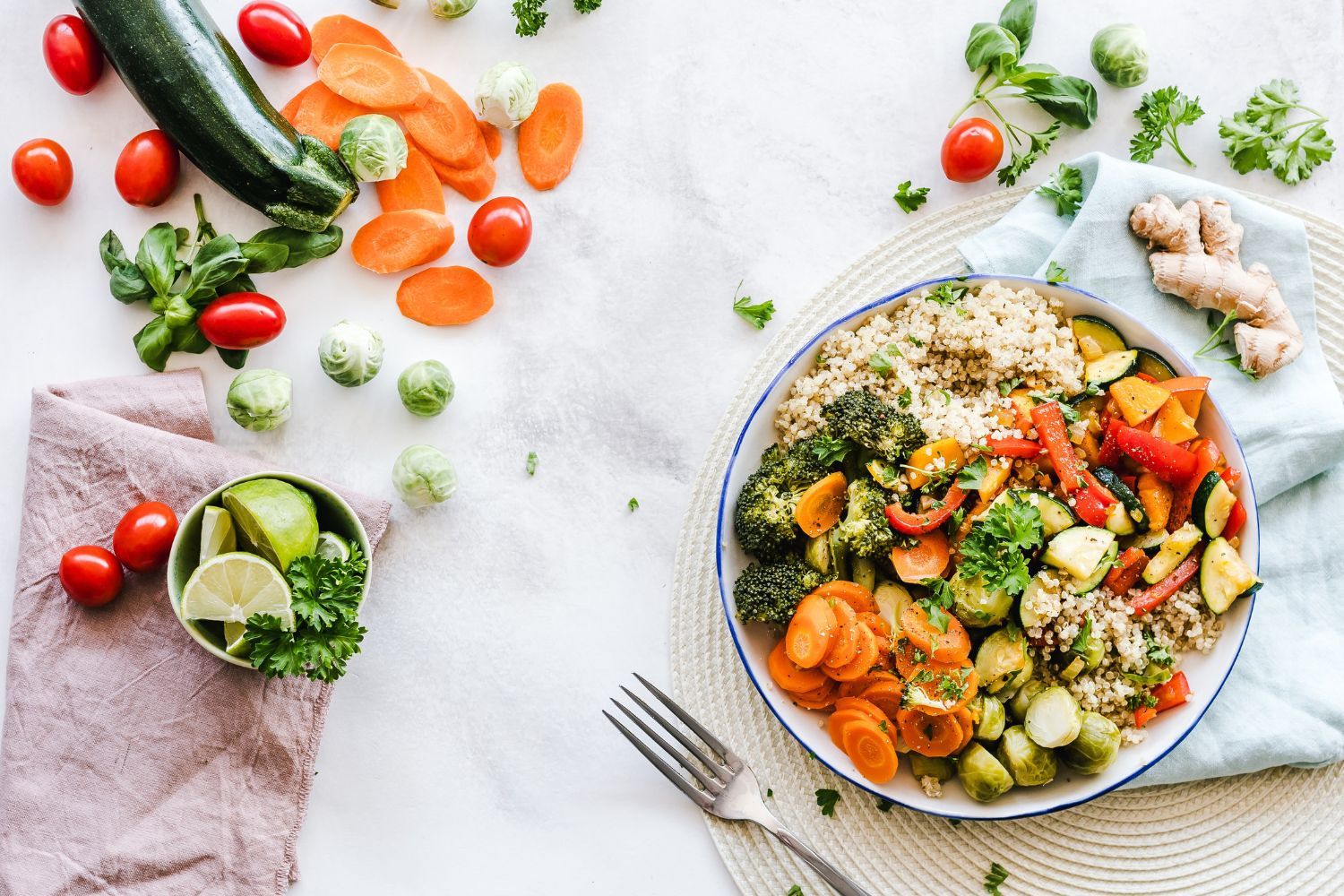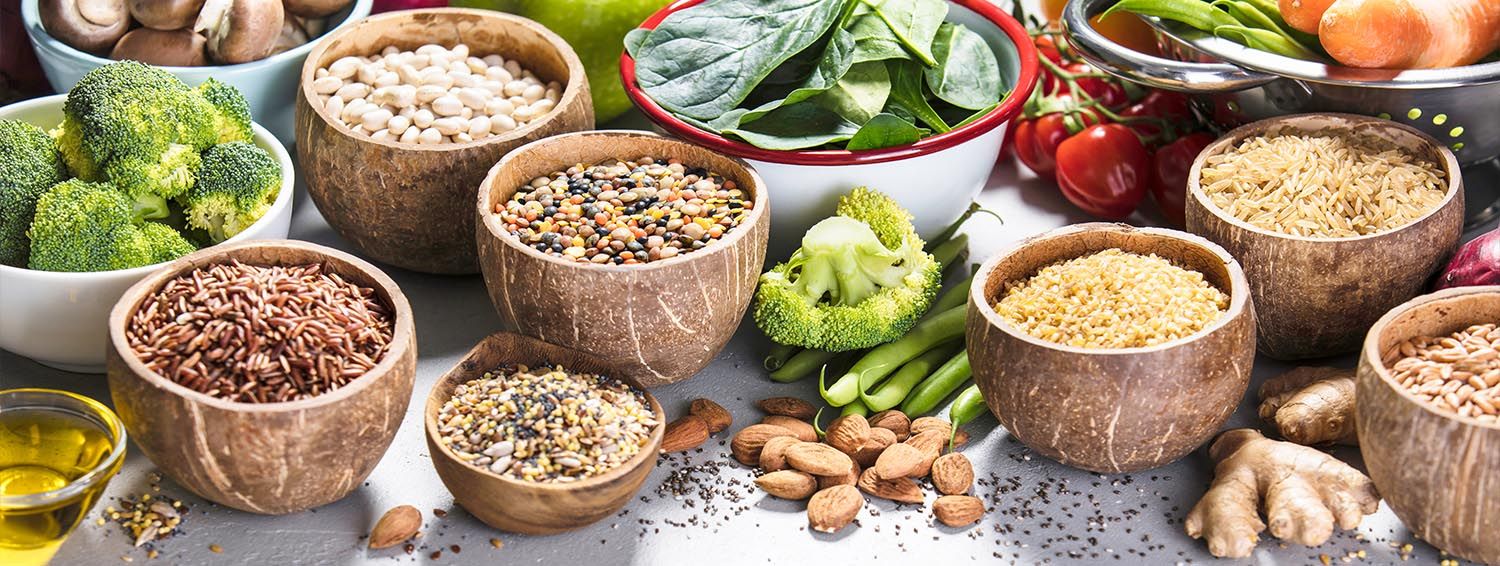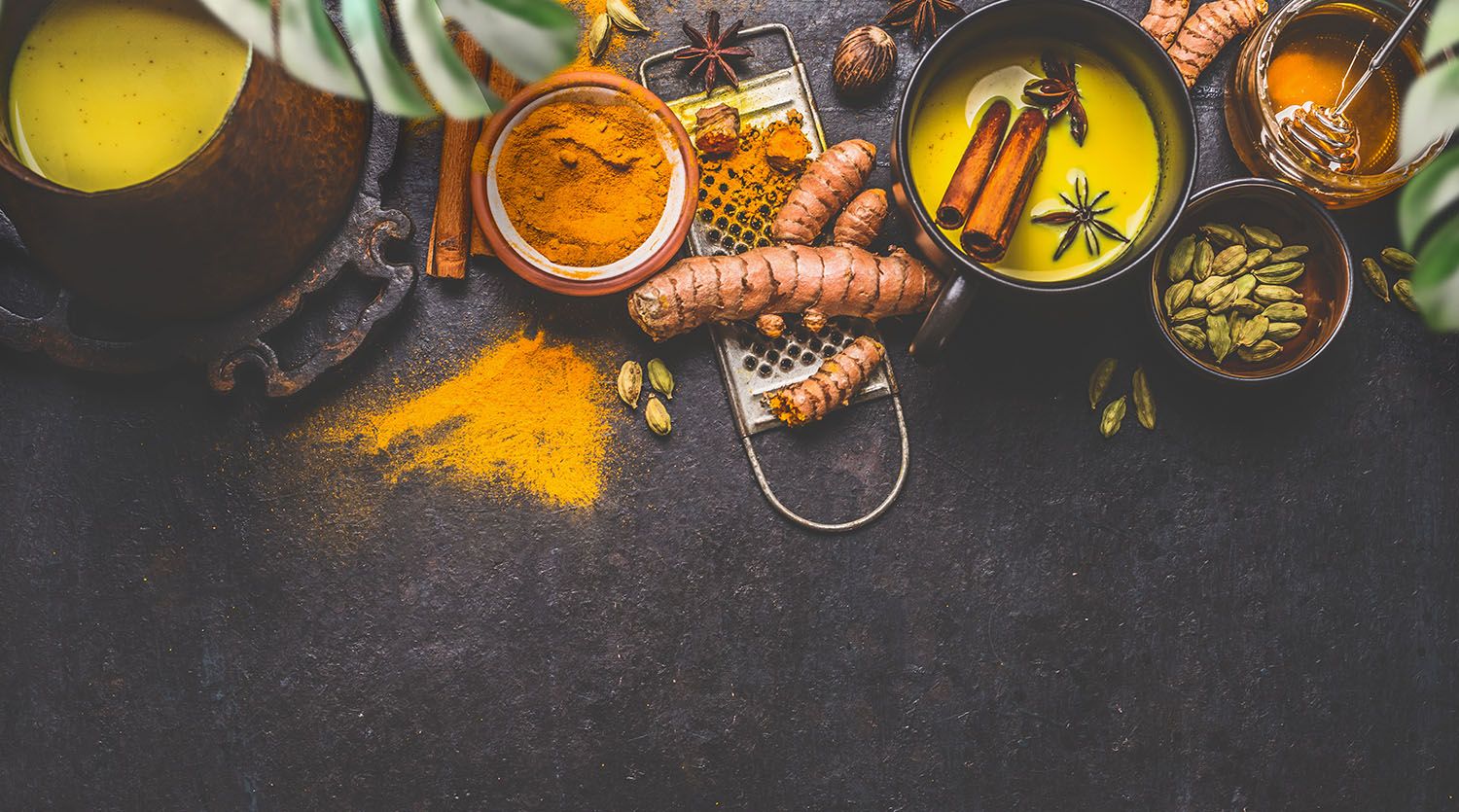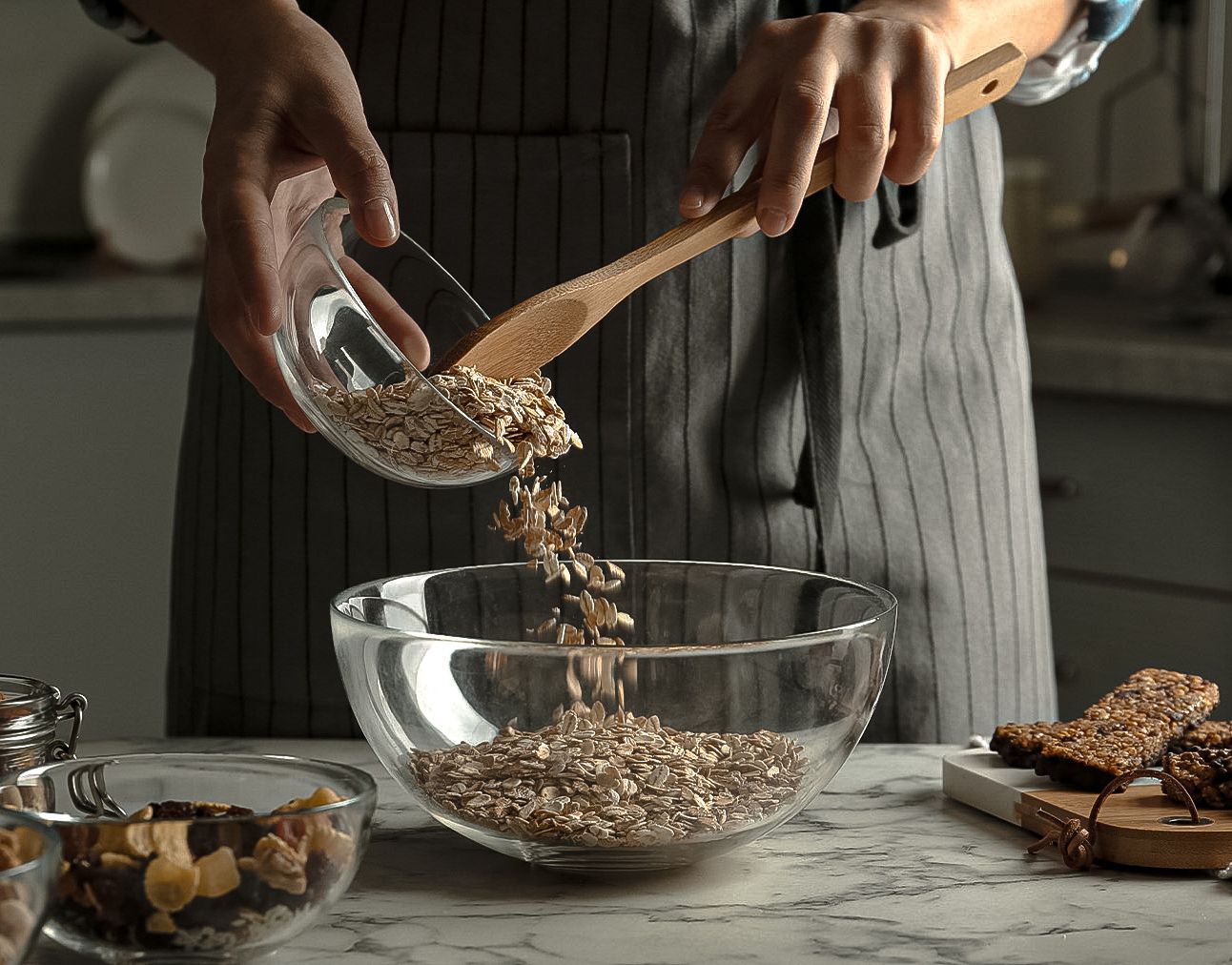The Low FODMAP Diet for Endometriosis: A Guide to Managing Symptoms

Endometriosis is a chronic condition that affects millions of women worldwide, causing debilitating symptoms such as pelvic pain, menstrual irregularities, and infertility. While there is currently no cure for endometriosis, many individuals find relief from their symptoms through dietary modifications, including the low-FODMAP diet. Here we’ll explore the relationship between endometriosis and FODMAPs, how the diet can help manage symptoms, and practical tips for incorporating it into your lifestyle.

Understanding Endometriosis
Endometriosis is a condition characterized by the presence of endometrial-like tissue outside the uterus, leading to inflammation, adhesions, and pain. The exact cause of endometriosis remains unclear, but factors such as genetics, hormonal imbalances, and immune dysfunction are believed to play a role.
Symptoms of endometriosis can vary widely among individuals but often include pelvic pain, painful periods, heavy menstrual bleeding, and infertility. These symptoms can significantly impact quality of life, leading many women to seek alternative treatments, including dietary interventions.

The Low-FODMAP Diet
The low-FODMAP diet is an evidence-based dietary approach designed to reduce symptoms of irritable bowel syndrome (IBS) by limiting the intake of certain fermentable carbohydrates. FODMAPs, which stands for Fermentable Oligosaccharides, Disaccharides, Monosaccharides, and Polyols, are poorly absorbed in the small intestine and can trigger digestive symptoms such as bloating, gas, and abdominal pain in sensitive individuals.
While the low-FODMAP diet was originally developed for IBS, emerging research suggests that it may also benefit individuals with endometriosis. Many women with endometriosis report gastrointestinal symptoms such as bloating and abdominal discomfort, which may be exacerbated by FODMAPs. By following a low-FODMAP diet, individuals with endometriosis may experience relief from these symptoms and improve their overall quality of life.
Benefits of the Low-FODMAP Diet for Endometriosis
Several studies have investigated the potential benefits of the low-FODMAP diet for managing symptoms of endometriosis, with promising results. One study found that women with endometriosis who followed a low-FODMAP diet experienced significant improvements in gastrointestinal symptoms, including bloating, abdominal pain, and altered bowel habits. Another study reported reductions in pelvic pain and improved quality of life in women with endometriosis following a low-FODMAP diet.
Additionally, the low-FODMAP diet may help address other common symptoms associated with endometriosis, such as fatigue, joint pain, and mood disturbances. While further research is needed to fully understand the impact of the low-FODMAP diet on endometriosis symptoms, many women find relief from their symptoms by adopting this dietary approach.

Practical Tips for Following the Low-FODMAP Diet
If you’re wondering how to start the low-FODMAP diet to manage your endometriosis symptoms, it’s essential to work with a healthcare professional to ensure you’re following the diet safely and effectively. Here are some practical tips for getting started.
- Educate yourself about FODMAPs: Familiarize yourself with the different types of FODMAPs and which foods contain them. Common high-FODMAP foods include wheat, onions, garlic, dairy products, and certain fruits and vegetables. I highly recommend the low-FODMAP App by Monash University! (The FOUNDERS of the low-FOD diet!)
- Start with the elimination phase: Begin by eliminating high-FODMAP foods from your diet for a period of 2-6 weeks to determine if they are contributing to your symptoms. During this phase, focus on consuming low-FODMAP foods such as rice, quinoa, tofu, eggs and lactose-free products (if not vegan). If you are vegan as well as trying to go low-FODMAP, I have you covered! Check out my list of vegan and low-FODMAP recipes.
- Customize your diet: Once you’ve identified your FODMAP triggers, work with a dietitian to create a customized meal plan that meets your nutritional needs while minimizing symptoms. This may involve incorporating low-FODMAP alternatives and experimenting with cooking methods and portion sizes.
- Focus on gut health: In addition to following a low-FODMAP diet, prioritize gut health by including probiotic-rich foods such as yogurt, kefir, sauerkraut, and kimchi in your diet. Prebiotic foods like bananas, oats, and flaxseeds can also support a healthy gut microbiome.
- Manage stress: Stress can exacerbate symptoms of endometriosis and IBS, so it’s essential to incorporate stress-reducing techniques into your daily routine. Practice mindfulness, deep breathing, yoga, or meditation to promote relaxation and alleviate tension. Check out my yoga video for stress relief.
- Stay hydrated: Drinking plenty of water throughout the day can help maintain regular bowel movements and prevent constipation, a common symptom of both endometriosis and IBS. Aim to consume at least eight 8-ounce glasses of water daily.

The low-FODMAP diet offers a promising approach to managing symptoms of endometriosis, including gastrointestinal discomfort and bloating. By identifying and eliminating FODMAP triggers from your diet, you can experience relief from symptoms and improve your overall quality of life. However, it’s essential to approach the low-FODMAP diet with caution and work closely with a healthcare professional to ensure you’re following it safely and effectively. With proper guidance and support, you can find relief from your symptoms and take control of your health and well-being.
How to Start the low FODMAP diet?
Check out my low-FODMAP guide for starting the elimination phase. This guide includes recipes, key information, food journals and stress relief support all in one. It is the perfect introduction to your journey. And that’s right, it is only $5 USD. This is an intro booklet to set you on the course to understanding your body in a deeper way to achieve long lasting gut health and pain relief. I’ve been there, I’ve lived it, and I want to share what I learned with you to help you feel better as well.









